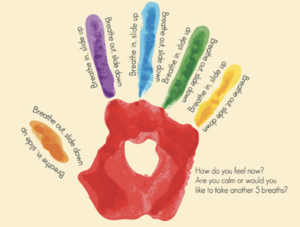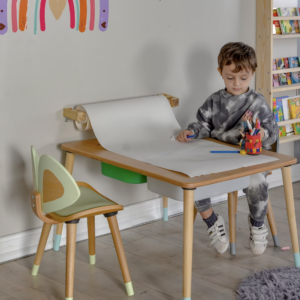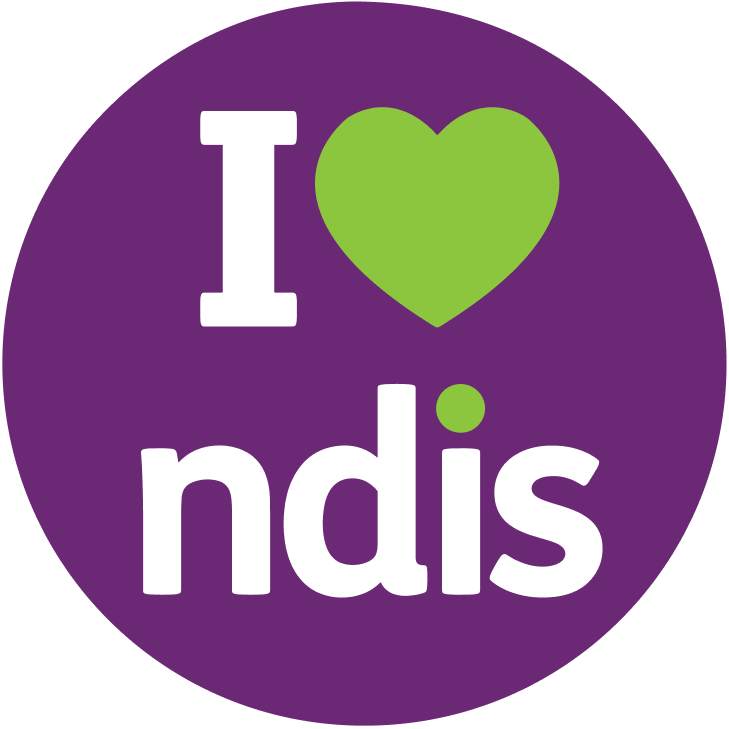Tips for working with children
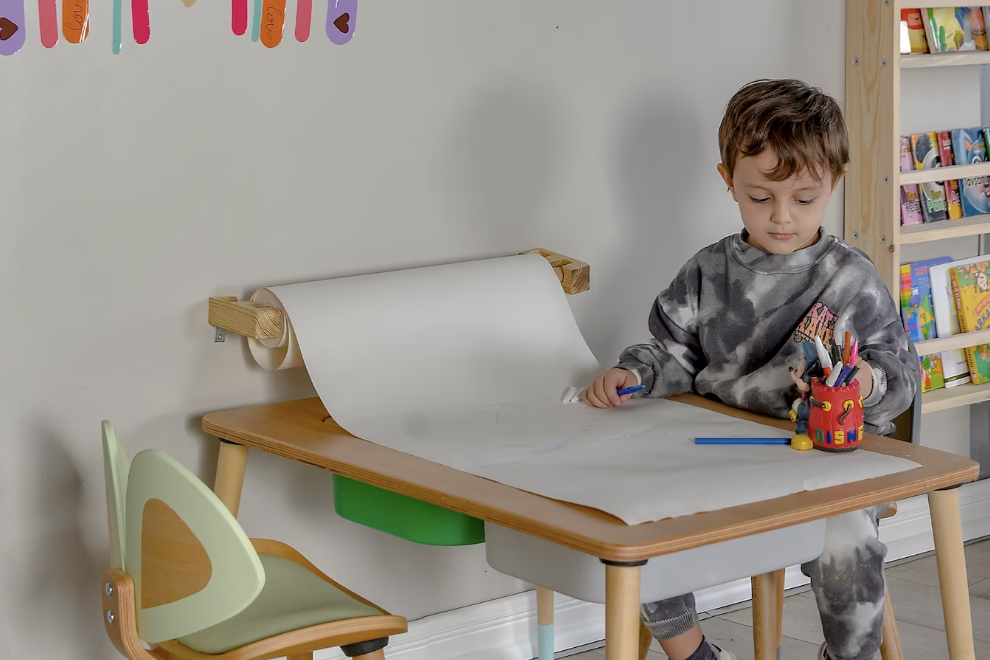
Introduction
This guide will look at key areas that will support you in working with children and give you practical examples!
Interacting with children is vital in your role as it provides a foundation for your relationship with them and their families.
The following guide will look at:
- Play
- Sensory regulation
- Attention/ concentration
- Movement breaks
- Environmental set up
Utilising tips from this guide will set you up for success when working with your clients.
Play
- Play is a child’s main occupation
- Every child is unique so meet the child where they are at
- Incorporate sensory play! (eg. filtering rice, water play)
- Observe what interests them, what they are playing with – consider their senses (eg. they like visual toys, they love to climb, they like to filter rice)
- Include yourself in their play slowly – start by copying their play, use your body and your tone of voice in play
- Ask the client’s therapists if they are using any communicative methods
- Why is play important?
- Develops communication skills
- Encourages problem solving
- Teaches children social skills
- Teaches children how to resolve conflicts
- Teaches children about self-regulation
- Supports them to explore roles, interests, skills and relationships
- Use the information below to guide where your client may be in their play skills and meet them there
How neurodiverse children might play
Social stages of play for child 0 – 6yrs+
https://www.youtube.com/watch?v=NHmyNVoE63c&t=66s
| Stage of Play | Play | Suggestions for interaction |
| 0-3 months
Unoccupied play |
|
|
| 0-2 years
Solitary play |
|
|
| 2 years
Onlooker play |
|
|
| 2 – 3 years
Parallel play |
|
|
| 2 – 3 years
Associate play |
|
|
Sensory Regulation
- Sensory regulation is important for every child – getting a child to a “just right” level of arousal will support them in interactions, engagement and activities
- For many children, they need support to regulate and process stimuli that are coming in from their environment and their body. This support is called co-regulation
- Prior to doing any activity with a child, it is important to determine if they are regulated
- Are they not listening to instructions?
- Are they constantly moving around?
- Are they seeking sensory input?
- What do you notice?

As you can see from the graph, your arousal would fluctuate throughout the day. Some children are under aroused and will need to be brought up to meet a good level of arousal. Other children are over aroused and need to be brought down to meet their optimal level of arousal.
It is important to recognise this as under and over arousal can lead to less engagement with session and poorer outcomes in the child achieving their goals.
Ideas to support regulation needs:
| Senses | Low arousal (bring them up to optimal level) | High arousal (bring them down to optimal level) |
| Smell (olfactory) | Sharp strong smells (eg. cinnamon, mint, zest) | Soft smells (diffuser with jasmine) |
| Sight | High contrast colours
Visually appealing toys |
Low light
Calm down environment (eg. dark room/ tent) |
| Proprioceptive | Bouncing on an exercise ball
Jumping on trampoline Simon Says Dance party |
Riding a bike
Helping out with the groceries, carrying a laundry basket Wall push ups Animal walks |
| Vestibular | Spinning, rocking, jumping
Chasey/ tag |
Linear movements, slow, repetitive |
| Taste | Pungent flavours: lemon, bubbly water | Crunchy snack (eg. apple, carrot, cereal) |
| Auditory | Music with fast tempo
Motivating songs |
Calming music
Reduce noise |
| Tactile | Textured items: plush toys | Textured items: plush toys |
| Interoception | Temperature checklist (for those who are unable to regulate their body temperature)
Eg. Is the sun out? Am I sweating? Is my mouth dry? Yoga Alerting activities (eg. chasey) to raise heart rate |
Slow breathing techniques (eg. starfish breathing)
Meditation Yoga Heavy work |
Attention/ Concentration
- Incorporate things that your child finds interesting/ engaging and think about how you can include these in your session to meet their goals
- Consider if their lack of attention is due to dysregulation. Do they need a quick break?
- How to tell if a child is no longer paying attention:
- Not following instructions
- Attention is elsewhere
- Distracted
- Trying to do another activity
For more tips and ideas on activities please visit https://www.theottoolbox.com/
Movement breaks
- A full session may be difficult for a client to engage in
- Consider having short bursts of activities
- Consider using movement breaks within the sessions in-between different activities
(eg.) Goal: Developing handwriting skills. Activity idea: painting with butcher’s paper stuck up on the wall outside to encourage arm stabilisation and putting their body in a different position. - Are there equipment/ different things around the house that can be used for a break or part of the session?
(eg.) Peanut ball: this can be a good alternative for a table top activity if the client is seeking lots of movement throughout the session - Consider using a break system or using a fidget box to support them for table top activities (eg. you can utilise 2 break cards per session which they are allowed to use when they need)
| Movement breaks ideas | |
|---|---|
| Animal walks | 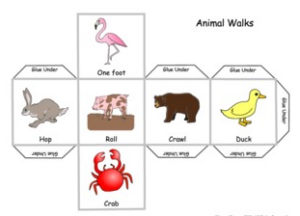 |
| Yoga | 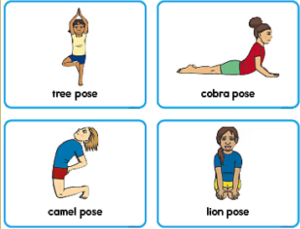 |
| Doing the activity away from the table (eg. on the floor and doing tummy time, against the wall, outside) |  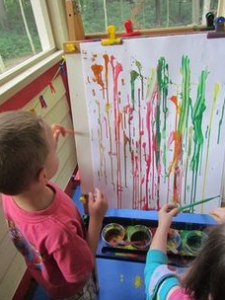 |
| Just dance | 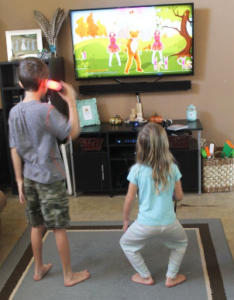 |
| Wall push ups | 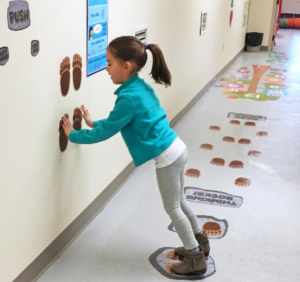 |
*Check out Twinkl and the OT Toolbox for some great FREE resources
Environmental setup
- Consider your environment prior to starting the session
- Consider your client’s individual needs – do they get distracted if there is a lot of visual clutter on the table?
- You can set up the client for success by ensuring that the environment is set up appropriately for the session (ie. minimise distractions and only take out items necessary for the activity)
- Utilise visuals like a schedule to help them understand what is coming up next
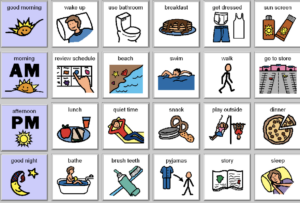
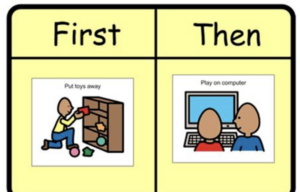
Conclusion
The above resources will be a useful tool in your work with children. Now you will have a better understanding of the following:
- how to interact with children at varying stages of play
- sensory regulation needs and activity ideas
- how to address attention and concentration difficulties
- implementing movement breaks
- considerations around environmental set up.
These will help set you up for success when working with children!
Cecilia
Fora's Occupational Therapy team
